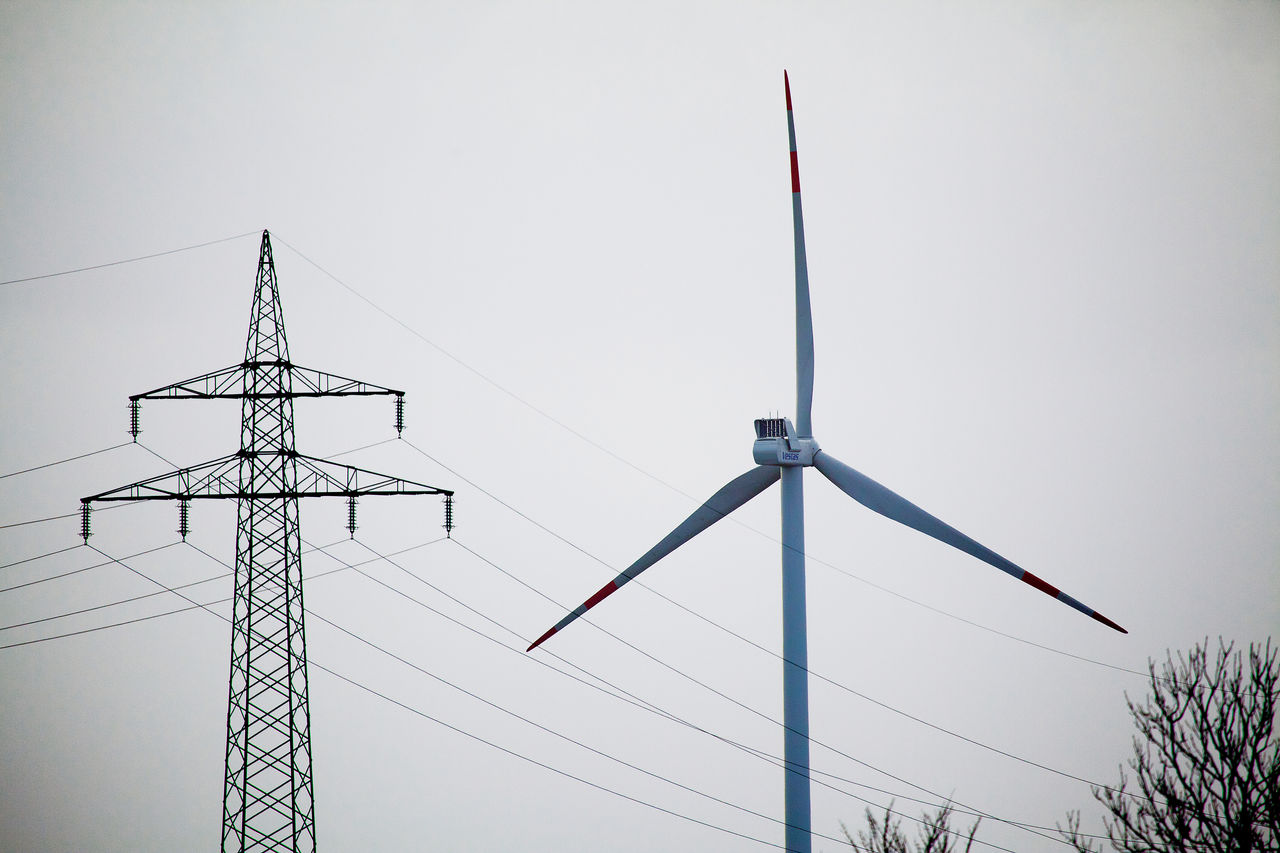Solving transmission challenges by making the high-capacity connection
Technology
Johannes Maidl
Commercial Senior Specialist, Sales Analytics
Published on December 15 2022

If we want to succeed in a renewable transition from fossil fuels and reach the ambitious targets we have set, then transmission lines will become a potential bottle neck in the coming two decades.
Remote build out is essential
The current grid infrastructure is antiquated and based on a heritage of large centralized powerplants. With more viable renewable energy entering the market it has shown itself to be inadequate in terms of capacity and reach. With the easiest to access, high-wind sites already taken, there is a need for the industry to build out into more remote locations. This will require considerable infrastructure investment with longer transmission lines if we are to succeed in making renewable energy the backbone of tomorrow’s energy system.
A costly investment
Today’s projects face challenges because the grid is simply not ready. Infrastructure improvement and expansion are extremely expensive and will add extra costs. A combination of investors, taxpayers and even new energy taxes can contribute, but the cost is so high that part of the cost will likely have to come from the projects themselves. For every euro put into a project, roughly 1.10 euros must be put into infrastructure improvement. The cost is paid on a per MW basis and is a fixed cost that cannot be avoided.
Optimize project economics by increasing MWhs per MW
With a fixed cost per MW, one of the most important levers to optimise project economics and lower total cost of MWh in energy production is to increase the number of MWh per MW of maximum possible power output. We’re all familiar with this argument. And given that the capacity factor is the measure of how many MWh you get per MW of maximum possible power output, a high capacity factor is the key to creating a financially viable business case.
Mining more wind at lower speed is key
Increasing the capacity factor of a site can pose a challenge because many of the “good” sites are already taken. The best way to make a currently sub-optimal location economically viable is to mine more wind at lower wind speeds. This can be achieved by enlarging the rotor size, making it possible to extract more energy production from the available wind resources of a given project.
Curtailment and congestion losses can be reduced
And there’s more to the picture. For projects that are being connected today, there are also other real economic issues that impact potential value – specifically congestion and curtailment. Both represent value that is lost - because although you have a lot of wind production in one area, you cannot transmit all these MWh to where they are needed. But when a turbine can produce more energy at lower wind speeds, these losses can be reduced to give a convincing business case.
Speed up grid permission
Getting a project evaluated by a grid operator for its potential to harm grid stability is a lengthy process. Everyone who is in wind project development today has these issues. Today, the average length of time between approaching a grid operator to receiving an approval in the US is a costly 4-6 years. Hypothetically, providing a business case for a plant that includes wind turbines that produce earlier at lower winds with a larger rotor could provide the tipping point that convinces a grid operator to give a faster green light.
Looking at the bigger picture
The future of turbine design is not just about innovative engineering and technology features, but about addressing large, real-life problems. In this case, by helping customers improve their business case we can also help with their investments in transmission lines: given that costs are per MW, then more MWhs will reduce their cost per MWh. This new approach can accelerate the power industry’s transition to a fossil fuel free grid.